Deer Hunting
9 Unforgettable Whitetail Deer Hunting Facts Hunters Should Know
A whitetail’s senses help them avoid danger in more ways than you could ever imagine. So to get better chances at bagging a big whitetail, check out these awesome facts about whitetail deer a hunter must know.
Published
5 years agoon
By
Jeffrey Buck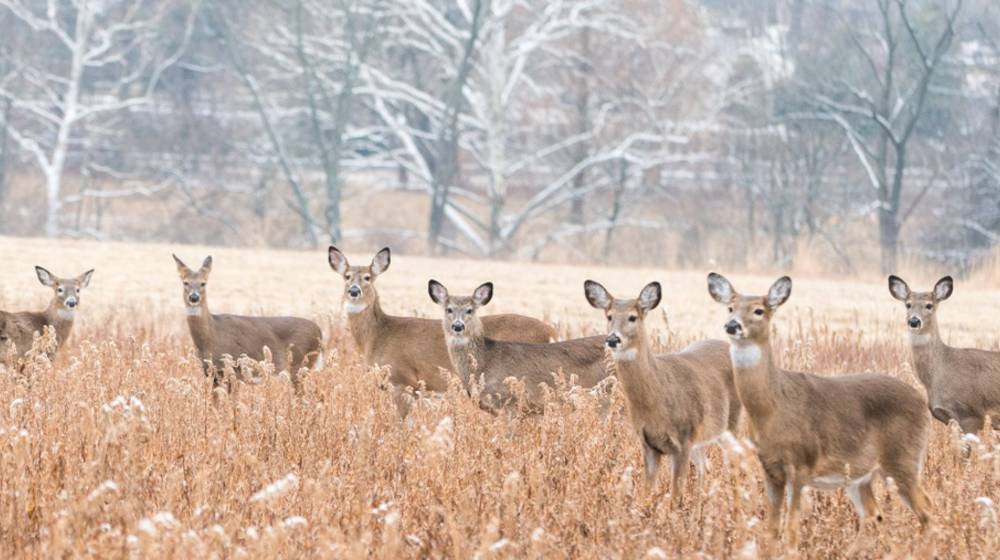
To hunt deer, one must know deer. Check out these unforgettable facts about whitetail deer hunting every hunter should know.
RELATED: Hunting Fun Facts: The White Tailed Deer
Whitetail Deer Hunting Every Hunter Should Know
Facts About Whitetail Deer Hunting
Whitetails are an agile game and very capable of noticing changes in the environment. Their senses help them avoid danger in more ways than you could ever imagine. As such, they can be elusive if you don’t know how to look for them. So to get better chances at bagging a big whitetail, check out these awesome facts about whitetail deer hunting a hunter must know.
1. Whitetails Can Communicate Through Their Tails
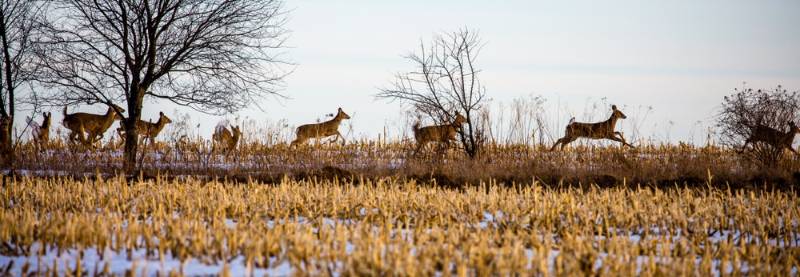
The white coloring on the whitetail isn’t there just for display. They use it to signal other deer that they sense danger. However, this can also benefit you as a hunter letting you know that the deer senses you. When you see a deer doing this, you know it’s time to lay low and wait for another opportunity to strike.
2. Whitetail Coats Change With the Season
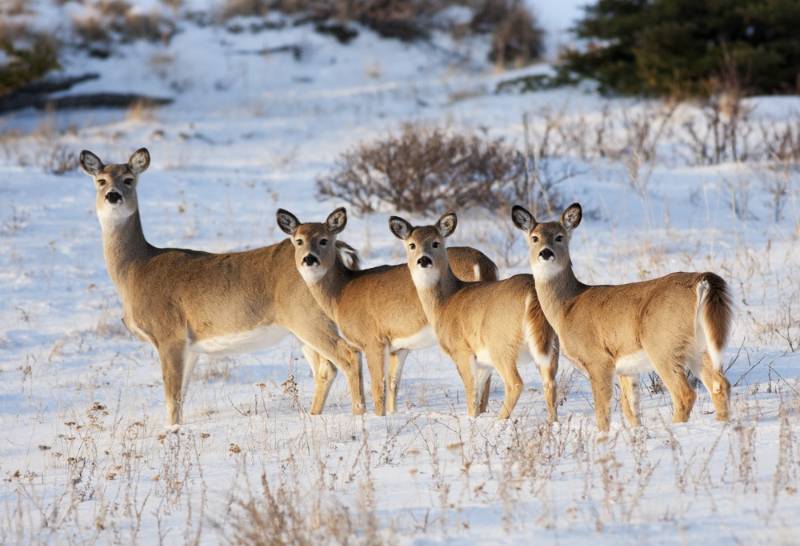
If you think whitetails have the same color all year round, you’re dead wrong. They actually adapt to the environment from season to season allowing them to blend in better. During the summer, you’ll see their coat as kinda reddish and change to grayish brown to camouflage in the snow during winter.
3. Deers Have Wide Vision
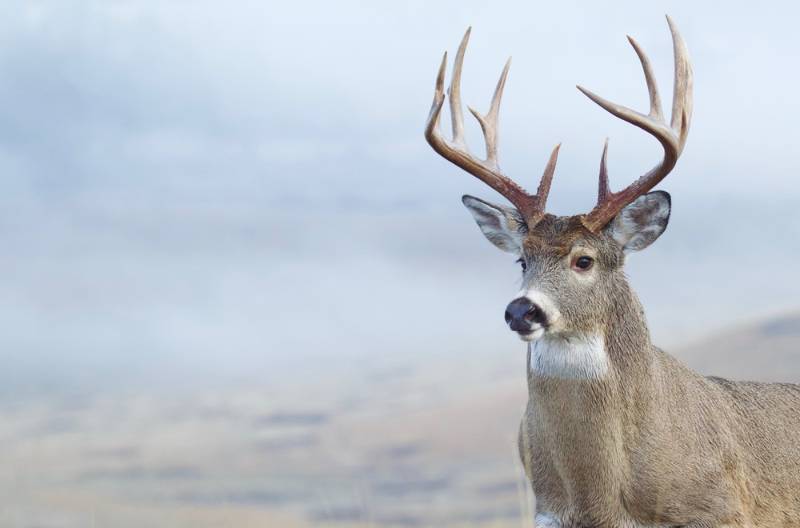
You might have noticed that the deer’s eyes are positioned on the side of their heads. Thus, they are able to see as wide as 310 degrees around them. However, this may cause a disadvantage to whitetails since they’re not very proficient in focusing on things. Furthermore, they have poor depth perception but can still make out silhouettes from the environment.
4. Big Antlers Get Deers Laid
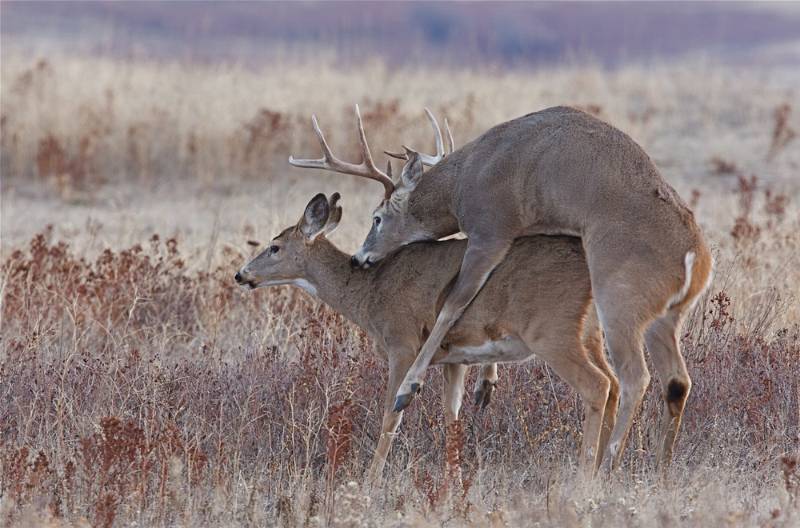
This may probably be the most well-known deer fact and this goes for all types of deer as well. Big majestic antlers are used by bucks to establish dominance over other males. In addition, the more dominant male has the right to mate with does. Consequently, I think twice before shooting down a big buck for trophy knowing it may produce more offspring leading to a healthier herd population.
5. Fully Grown Deer Stand 3-Feet Tall
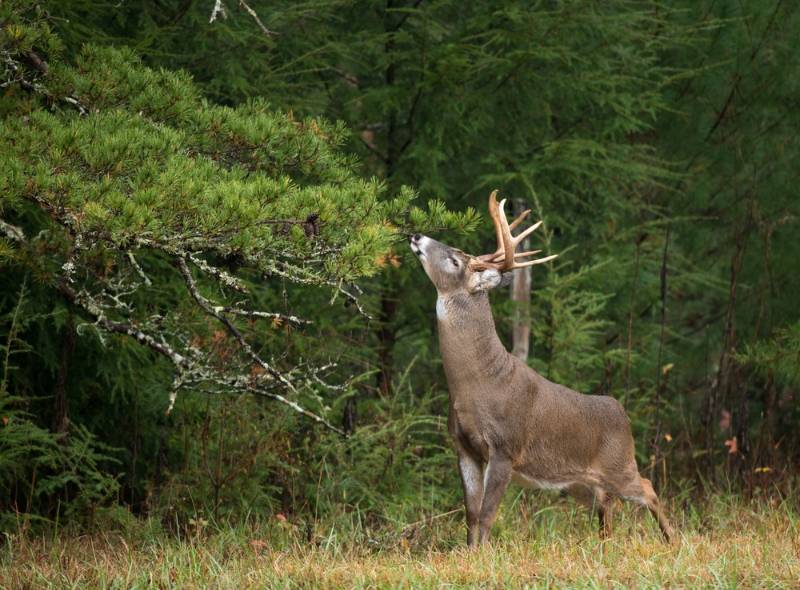
A hunter must always be able to tell whether a deer has fully grown or just a fawn. I personally dislike shooting fawns for a simple reason–they have less meat than fully grown deer. A fully grown deer can measure 3 feet from hoof to the top of the back. However, bigger deer species like elk can stand up to 6 feet.
RELATED: How To Build Bushcraft Deer Hunting Blinds | Summer Hunt
6. Bucks Mark Their Territory
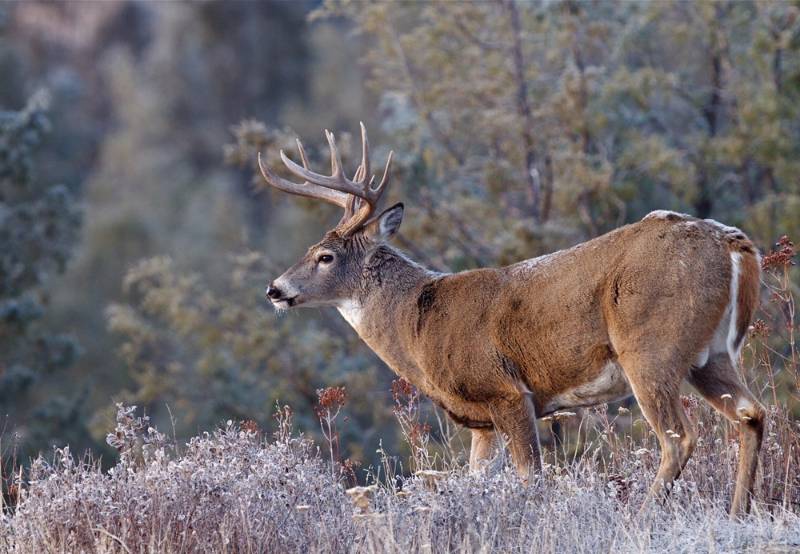
One way to tell whether a dominant buck is present in the area is to look for their buck rubs. These are marks made by rubbing their antlers against tree barks to establish a territory. Once they’ve marked their territory, they won’t leave it unless they encounter humans or other predators. As a hunter, this is a good place to start scouting for deer.
7. Deers Can Live Up to 11 Years
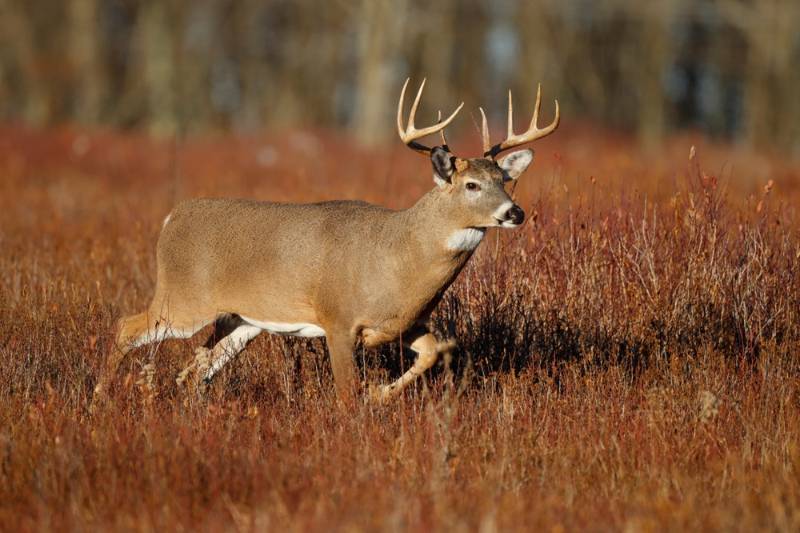
At 11 years, deer start to lose their teeth. Thus, they slowly die of hunger since they’re not able to chew food anymore. Just like humans, deer have baby teeth as well. You’ll know they’re past 18 months old when they’ve lost all their baby teeth already.
8. Deers Have an Excellent Sense of Hearing
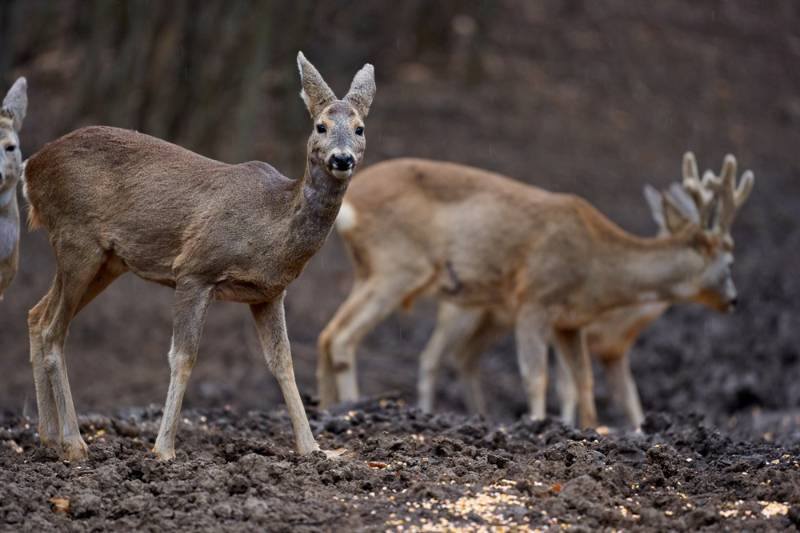
To make up for a whitetail’s poor eyesight, they can hear things from afar. Some experts even suggest that they can pinpoint exactly how far they heard the sound from. So when you make your way to the tree stand, be sure to be extra quiet so you won’t scare whitetails away.
9. Whitetails Can’t See Color
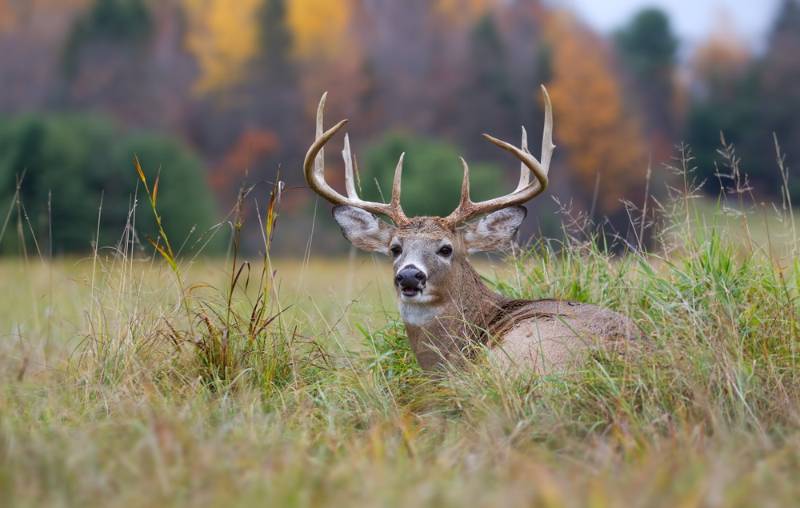
While some hunters believe that deer are colorblind, others say that they’re only able to see more of blue than red. Any of this may be true but it doesn’t really matter if the deer can smell and hear you quite clearly. A deer’s eyesight isn’t their strongest sense and it’s the least you should worry about as a hunter.
Check out this video from Deer and Deer Hunting to know more about Deer Dispersal:
Now that you know these facts about whitetail deer, you’ll have better chances to be successful this season. The more you know about deer, the better you’ll understand how they behave in their natural habitat. And once you fully understand how they perceive things and how they act on them, it only gets easier to hunt them down.
If you know more facts about whitetail deer hunting, let us know through the comments!
Up Next:
TIME SENSITIVE INFORMATION: EX-CIA Agent Takes You Through The Intensive Sharp Shooter Training He Learned In The CIA Academy. In Just 30 Days Learn To Be A Sharp Shooter Like Every Agent Leaving The Academy.
- Let’s Go Longbow Hunting: A Look At The Bear Montana Longbow
- A Look At German Hunting Knives: Boker Knives At Shot Show
- Hunting Laws | Deer Season and Hunting Laws
Follow us on Facebook, Instagram, and Twitter!
Disclaimer: All content on this site is for informational purposes only. Please read our full disclaimer here.
Editor’s Note: This post was originally published on October 2019, and has been updated for quality and relevancy.
You may like

How To Build A Debris Hut

Ironman Triathlon Podcast: What You Need To Know As An Aspiring Ironman

Awesome Family Camping Tips For Beginners

Hiking Safety Tips: What To Do When You Have Knee Pain On Trail? [PODCAST]

How To Craft Sharp Stone Tools To Survive The Great Outdoors

Mountain Bikers, Why You Don’t Want to Ride Like a Pro!

Hiking Boot Accessories
The Handgun Safety Test For Beginners
These Hunting Shotguns Are The Best Bang For Your Buck
11 Types of Guns That Will Keep You Alive On Doomsday
Best ATV Tires – The Top 6 Lightest Mud Tires
Arizona Hunting Laws and Regulations

The Top 5 Hunting Guns You’ll Ever Need For A Wilderness Walk-out

Hunting And Conservation Discussion | Call Of The Outdoors Podcast [LISTEN]
The Handgun Safety Test For Beginners
These Hunting Shotguns Are The Best Bang For Your Buck
11 Types of Guns That Will Keep You Alive On Doomsday
Best ATV Tires – The Top 6 Lightest Mud Tires
Arizona Hunting Laws and Regulations

The Top 5 Hunting Guns You’ll Ever Need For A Wilderness Walk-out






